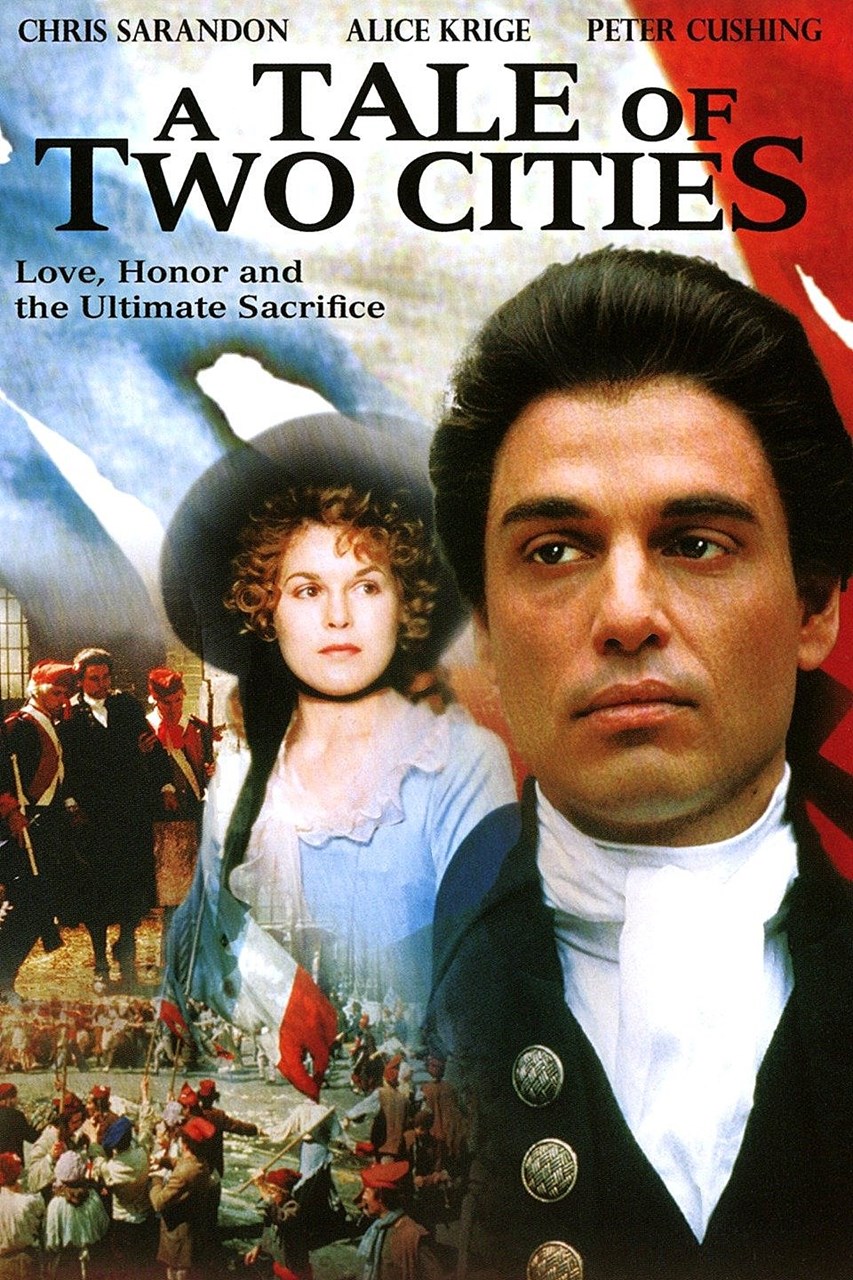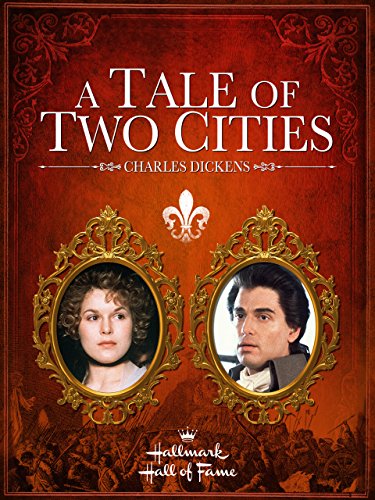
Families read it by the firelight crowds waited for the next edition to be released.

Written in 1859, A Tale of Two Cities was published in weekly installments in Dickens’ own journal, All The Year Round. Hey, it turns out that good fiction can be as influential as history itself. Charles Darnay and Sydney Carton may not have gone down in the history books, but they’re stamped in our cultural memory as key figures in the French Revolution. Together with Thomas Carlyle’s History of the French Revolution, Charles Dickens’ novel has helped to shape generations of readers’ understanding of one of the most pivotal events in modern history. This is basically what's happening here: "Please sir, can I have some more bread?" "Bread?! Let them eat cake!" Yes, in what is a totally weird twist, Charles Dickens, who spent the majority of his literary career penning the exploits of London underdogs, also happened to write a novel that has become crystallized in the public imagination as synonymous with the French Revolution.

When you think of the French Revolution, a few things spring immediately to mind.


 0 kommentar(er)
0 kommentar(er)
